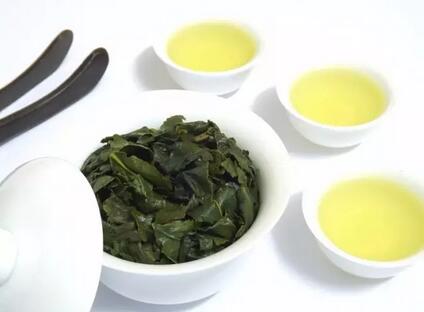Tieguanyin, belonging to oolong tea, is a semi-fermented tea and one of China's top ten famous teas. Tieguanyin is unique for its 'Guanyin charm' and offers health benefits such as anti-aging, anti-cancer properties, anti-arteriosclerosis, weight management, tooth decay prevention, and heat-clearing effects. How can you select a high-quality Tieguanyin? Let's learn together...
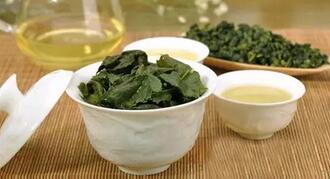
1. Observe the appearance: Judge by tightness, uniformity, and visual appeal.
Observing the appearance involves examining the compactness of the dry tea leaves. The tighter the leaves, the better; looser leaves indicate lower quality. When brewing tea, some people shake the tea cup to listen to the sound of the leaves hitting the cup—a crisp, pleasant sound indicates tightly packed leaves.
Uniformity: Observe the consistency in size and shape of the dry tea leaves. The more uniform, the better; significant variations in size indicate lower quality.
Visual appeal: The drier the tea leaves, the brighter the green or black color, the better. Dull or faded leaves indicate lower quality.
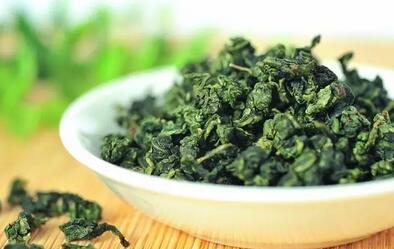
2. Smell the aroma: Judge by purity, intensity, and longevity.
A high-quality Tieguanyin has a rich, lasting aroma with floral notes like orchid, raw peanut, coconut, or fruity sweetness. A pure, strong, and long-lasting fragrance indicates premium tea, while an impure, weak, or short-lived aroma suggests lower quality.
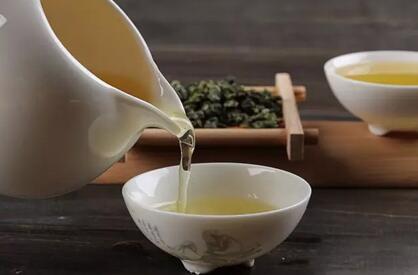
3. Examine the tea soup: Judge by golden hue, clarity, and brightness.
A high-quality Tieguanyin tea soup should have a golden color, be clear and transparent, and shine brightly. Cloudy or dull tea soup indicates lower quality.

4. Taste the flavor: Judge by smoothness, richness, and sweetness.
Smoothness: The tea should taste mellow and refreshing upon sipping. A pleasant sensation indicates good quality, while an unpleasant taste suggests lower quality.
Richness: The tea should have a full-bodied flavor in the mouth—neither too weak nor too bitter or astringent. Overly weak or harsh flavors indicate lower quality, assuming proper brewing.
Sweet aftertaste: After drinking, the mouth and throat should gradually produce saliva and a sweet aftertaste. The more pronounced the sweetness, the better the tea; the less noticeable, the lower the quality.
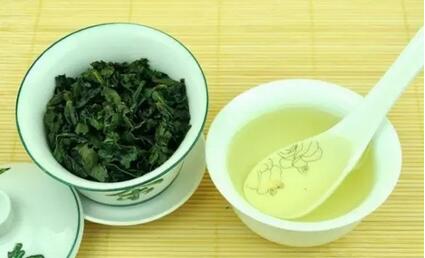
5. Examine the brewed leaves: Judge by tenderness, thickness, and color.
Tenderness: After multiple infusions, the tea leaves that sink and cluster at the bottom indicate tenderness and high quality. Leaves that remain loose or float indicate lower quality.
Thickness: Thicker tea leaves are better; thinner leaves indicate lower quality.
Color: After the tea flavor fades and brewing stops, open the lid for about 2 minutes. The whiter the brewed leaves, the better; dull or discolored leaves indicate lower quality.
